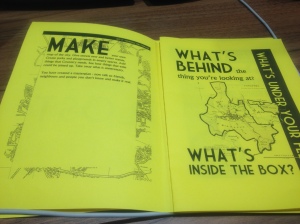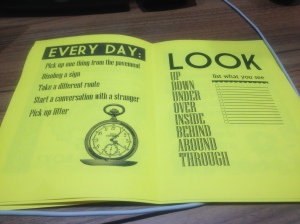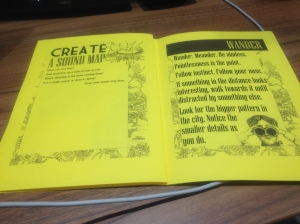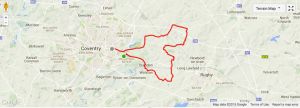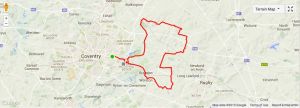Although Modernism was emergng in the early 20th century, it didn’t really begin to take off (at least in terms of the architecture) until after the 2nd World War. The state that Europe was left in after the war ignited the need for new buildings and agriculture, large builds which were also conscious about space and location, this meant building tall, In Amsterdam for example, the modernistic building plans were a way of implementing a solution to the previous failure of architecture and a new way to meet simple social needs.
During the 1930’s 15% of society lived in poverty, which, according to sources, were described as ‘slums’. The new plans influenced by Modernism were a popular idea and used as a resolve to tackle ‘slums’ and the problems surrounding them.
The public began the era believing it was more successful than it was, this was because the strong aesthetics were linked with prosperity and progress.
The Bauhaus School of Design were actually teaching purity of form and design for a ‘better world’ – this world was supposedly purely going to be down to the new modern designs and was taught to students by Walter Gropius.
Paul Groenendijk and Piet Vollard – The Guide to Modern Architecture in The Netherlands: This is a book which has over 600 pictures and descriptions of notable buildings whcih mark the modernistic period in Amsterdams and The Netherlands. In the book its states ‘The Dutch government actually passed a legislative Act ‘The Housing Act 1901′ which stated that populated cities of over 10,000 had to create an expansion plan, and the council encouraged experimentation. This, in my eyes, opened the door to Modernism in Amsterdam and The Netherlands and explains a lot regarding the starnge and worderful building and the techniques used to build them
In relation to architecture urbanism is in sense a modernistic view on psychogeography. By building up, more people are able to be in a smaller geographical space, (Social Morphology). By putting people into a smaller location they drift through the city, this then becomes a derive.
Reference List:
http://www.studentpulse.com/articles/515/the-rise-and-fall-of-modernist-architecture Date Accessed: 29/01/15
http://www.theatlantic.com/magazine/archive/1999/02/a-mecca-for-modernists/377453 Date Accessed: 01/02/15
Paul Groenendijk, Architectural Guide To The Netherlands, NAI Publishers (2006).



